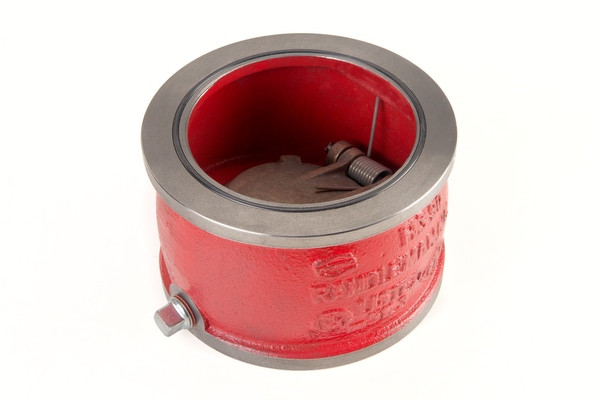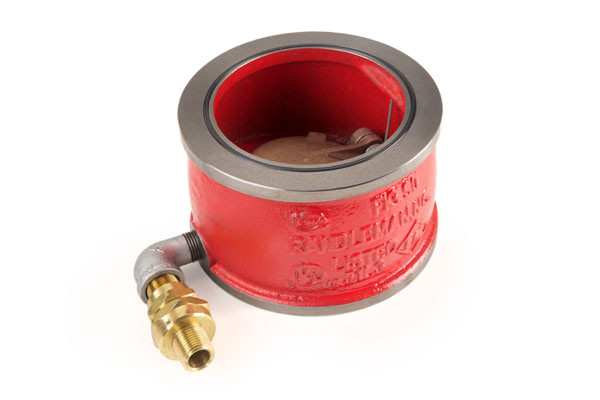Wafer Check Valves
As you probably know, a wafer check valve prevents the backward flow of water. They ensure the water flows only in one direction and prevent backflow efficiently and reliably.
Also known as a type of non-return valve, one-way valve, or backflow preventer, these valves are perfect for a variety of applications, including high-pressure systems.
United Brass Works’ water check valves are made of iron, bronze, and steel and can be installed horizontally or vertically. They offer durable construction and superior sealing capabilities designed specifically for fire pump service. The 4” size has a ½” pipe plug for installing a ball drip. The anti-water hammer is designed exclusively for fire pump service. All sizes are UL-listed and FM-approved.
Wafer Check Valves in Water Lines
Our simple yet brilliantly designed wafer check valves have numerous applications and benefits:
Preventing Contamination of The Water
By preventing reverse flow, wafer check valves prevent the mixing of different media between two reservoirs. For example, check valves in a water treatment plant prevent treated water from flowing back into untreated water.
Protection of Upstream Equipment
Backflow can easily damage meters, compressors, filters, and pumps built for unidirectional flow. Water hammering is another potentially dangerous phenomenon. The wafer check valves at United Brass Works are designed to prevent water hammer, especially when the valve is equipped with an end-stage damper.
Preventing Drainage
When water is pumped from a suction reservoir to a discharge reservoir, reverse flow is highly likely to occur when the pump stops. Wafer check valves are used to prevent this.
How Check Valves and Wafer Check Valves Work
Check valves have two ports – an inlet and an outlet – and a shutoff/closing mechanism. The unique characteristic of check valves that distinguishes them from other types of valves is that they don’t require some form of actuation to operate. Check valves are self-operating and function automatically, relying on differential pressure to effect control. In their default position, check valves are closed. When media flows in from the inlet port, its pressure opens the closing mechanism. When the inflow pressure drops below the outflow pressure due to the flow being shut off or the pressure on the outlet side becomes greater, the closing mechanism immediately closes the valve.
The closing mechanism in check valves is usually held in place by a loaded spring, a counterweight, or gravity. For the valve to open, the media has to overcome the force of the spring or closing mechanism.
Check valves do not operate based on differential pressure alone. If that were the case, a trickle would be enough to open the valve. Therefore, a specific minimum pressure is required to open a check valve. This is known as the cracking pressure. The cracking pressure of a check valve is the specified minimum inlet pressure required to open a check valve, just enough to allow detectable flow.
The Role of The Wafer
These valves are built with a double-eccentric disc and are usually designed to be installed between two flanges. They are suitable for large-diameter flow and require relatively high pressure to open.
Contact Us for High-Quality Wafer Check Valves
United Brass Works offers a comprehensive selection of Wafer Check Valves. Contact our team to find the ideal valve for your specific application.

